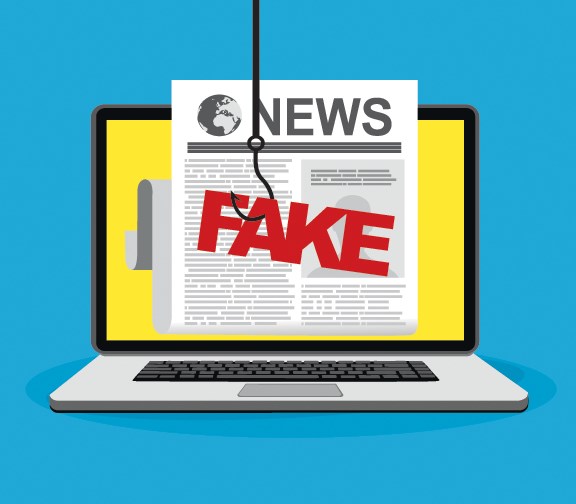If you get your news from online sources, it can be a challenge to distinguish fact from fiction. Here are four tips to help you spot articles that are false or misleading.
1. Identify the source
Make sure the article comes from a reliable news media outlet by verifying the website’s URL and contact page (which should include a physical location). In addition, research the author’s credentials to confirm whether they’re an expert on the subject or a journalist working for a reputable organization.
2. Look for red flags
Sensationalist headlines are commonly used to draw people’s attention and encourage them to share information without reading the whole story. In addition, if the article has numerous spelling mistakes, superfluous adjectives, lots of exclamation marks and sentences that are underlined, italicized or in bold, it’s a good indicator that the information in the article is made up.
3. Examine the evidence
Determine whether the claims made in an article are backed by studies from reputable institutions, quotes from qualified professionals and/or verified information from eyewitnesses. If the article cites a government agency, for example, look for information directly on the agency’s website to support the claim.
4. Corroborate the story
If you read about a major announcement or shocking revelation on social media, find out if it’s being reported elsewhere. If the story is legitimate, most mainstream news sites will cover it. You can also check to see if the information has been debunked by independent fact-checkers such as PolitiFact and ProPublica.
The most effective way to avoid misinformation is to get your news from the print and digital editions of local and national newspapers. These media outlets are staffed by professional journalists trained to uphold rigorous standards of accuracy and objectivity.




